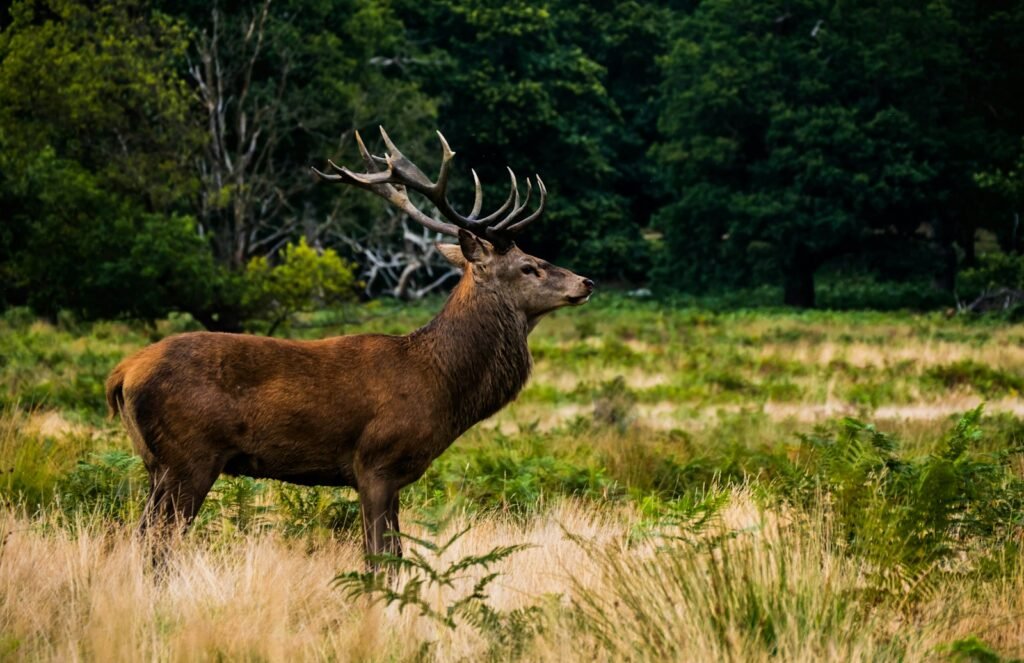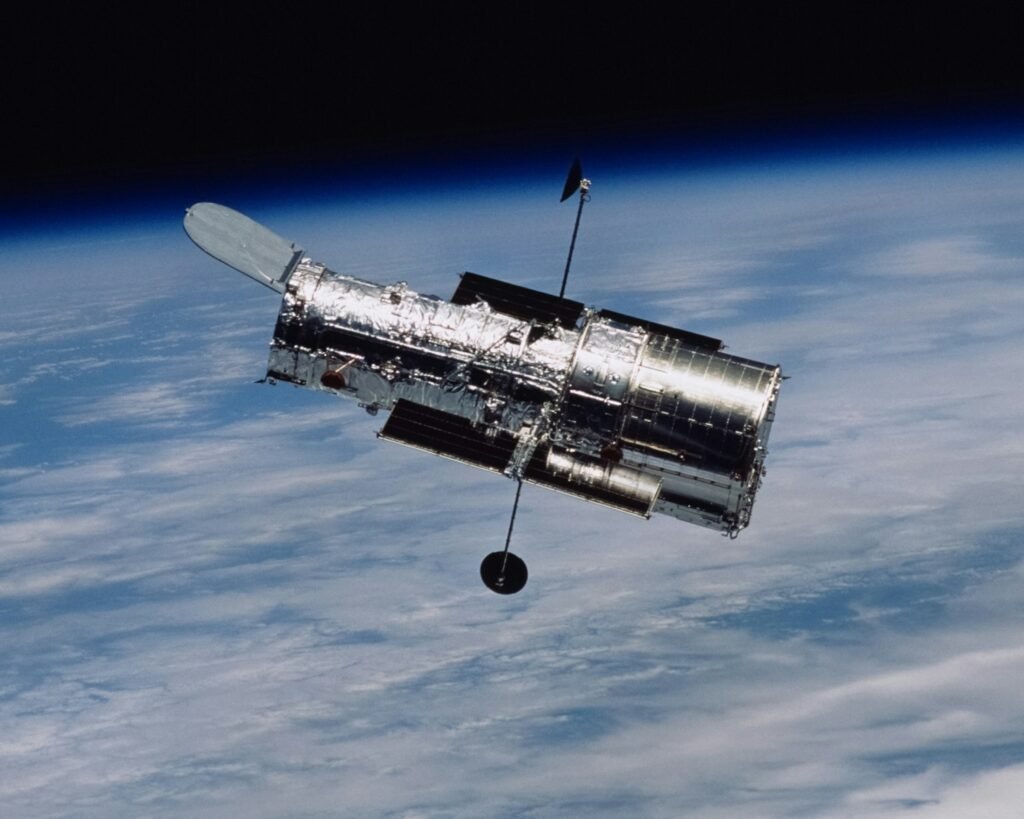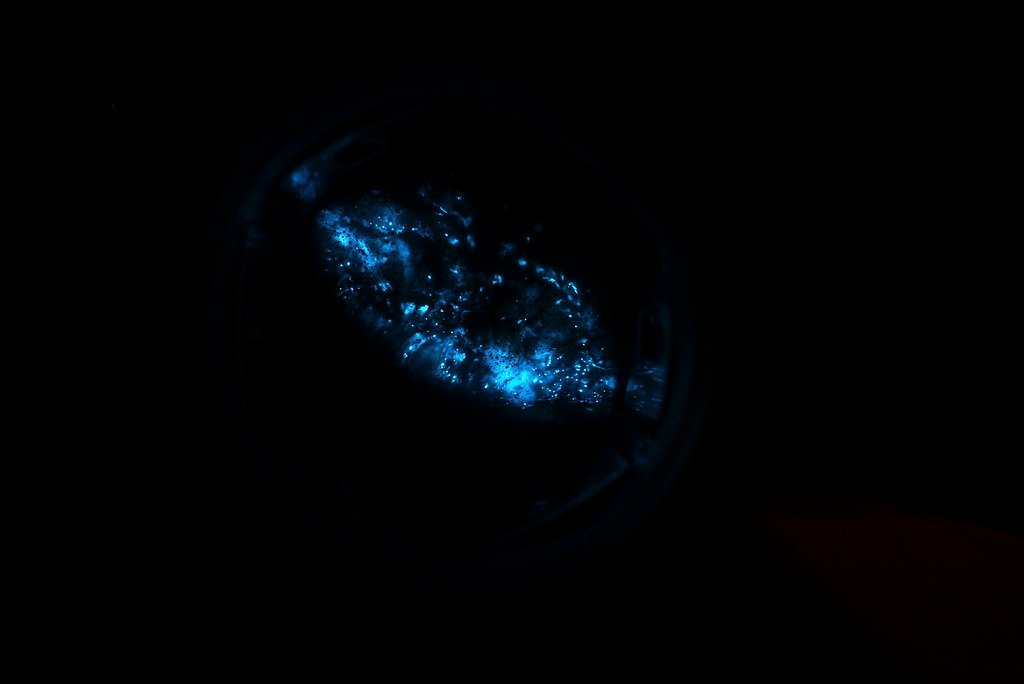Across the savannas, reefs, forests, and skies, survival looks like a thousand different stories – and yet certain patterns repeat with eerie consistency. That’s where an unexpected lens comes in: the four classical elements used in astrology – fire, earth, air, and water – mirror strategies animals deploy when life is on the line. This isn’t about destiny written in stars; it’s about human pattern-recognition meeting hard-won animal tactics, a bridge between old metaphors and modern biology. In an age of data and satellites, a poetic frame might seem out of place, but it can sharpen attention and help us remember what matters in the field. Scientists track energy budgets, decision rules, and communication networks; storytellers speak in elements, and suddenly the science becomes memorable.
From Ancient Tools to Modern Science

Long before GPS tags and accelerometers, observers reached for elemental language to make sense of nature’s extremes – blazing speed, grounded endurance, whispering signals, and fluid movement. Today, biologists map those same with quantitative tools: high-speed camera rigs capture cheetah pivots, bio-loggers record penguin dives, and machine learning flags patterns in the murmur of bats. The beauty is that the metaphor doesn’t replace the measurements; it invites readers to see the underlying rules, then follow researchers as they test them. On a dawn hike in the Sonoran Desert, I watched an ant colony shift from frantic bursts at sunrise to steadier, cooler-hour foraging by afternoon – a neat handshake between “fire” and “earth” that later matched temperature and energy-use data. What sounds mystical at first melts into thermoregulation, risk calculus, and ecology’s daily budget sheet.
Fire: Burst Strategies and Risk-Ready Lives
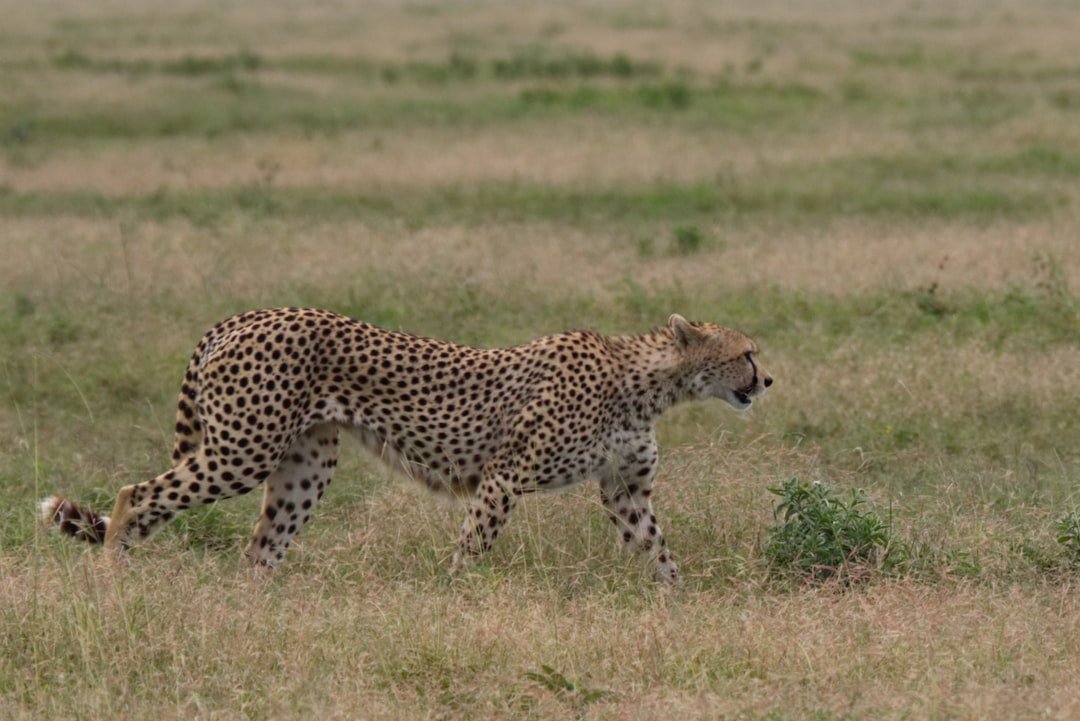
Fire, in survival terms, is the art of the sprint and the gamble – short windows where speed and assertiveness pay off or cost everything. Think of a cheetah exploding into motion, but also of a mantis shrimp unleashing a strike so fast it boils the water locally, both leveraging peak power over patience. Many “fire” strategists live on tight margins, balancing energy burn against reward, and they rely on impeccable timing: pounce too soon or too late and the day’s calories vanish. In social species, the same burst logic shows up in bold individuals that test new routes or raid unfamiliar food caches, accepting higher risk to open new options. Researchers track these micro-dramas with bursts of heart-rate data and accelerometer spikes, revealing a physiology tuned to brief infernos of effort.
Earth: Patience, Memory, and the Physics of Staying Put
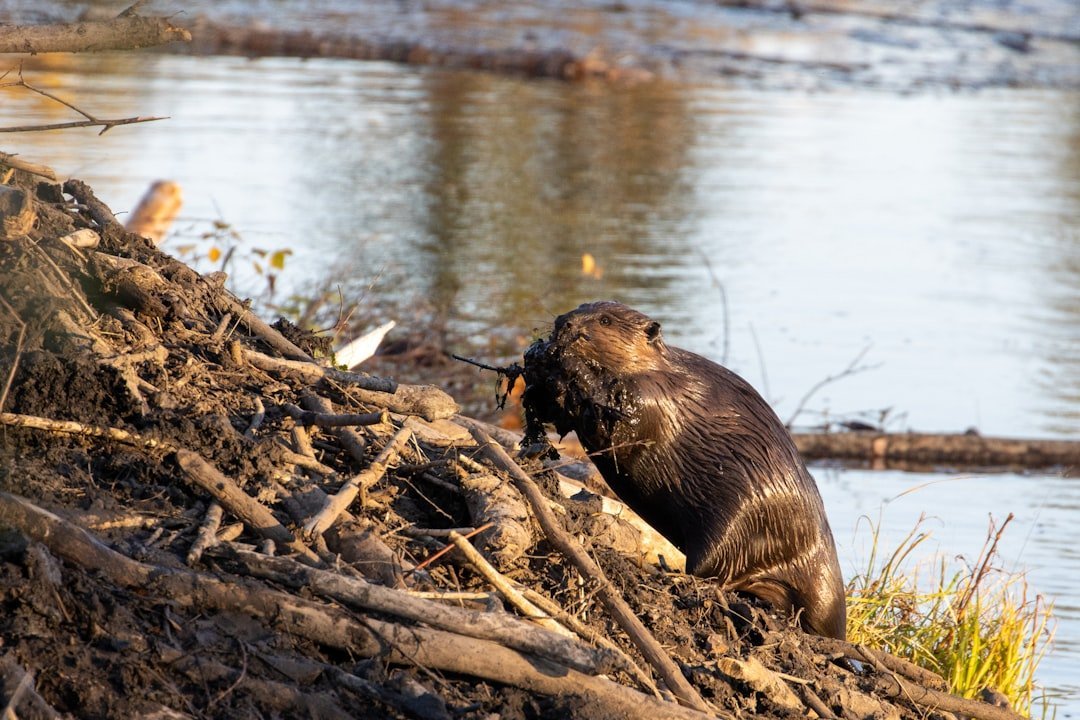
Earth strategies thrive on stability – storing, fortifying, and outlasting. Beavers reengineer flow to build predictable ponds, tortoises stake their future on slow, steady metabolism, and elephants carry map-like memory of water and forage that helps entire herds survive dry spells. This isn’t passive endurance; it’s active investment in places and routines that reduce volatility, much like a careful budget that turns small daily gains into long-term security. Field studies show animals calibrating movements to conserve energy, even choosing rougher ground when it shortens a route or lowers predator exposure. When we measure the results – better survival across seasons, steadier body condition – we see “earth” is less about immobility and more about mastering a home range like a craftsperson knows their workbench.
Air: Signals, Networks, and the Power of Social Wind
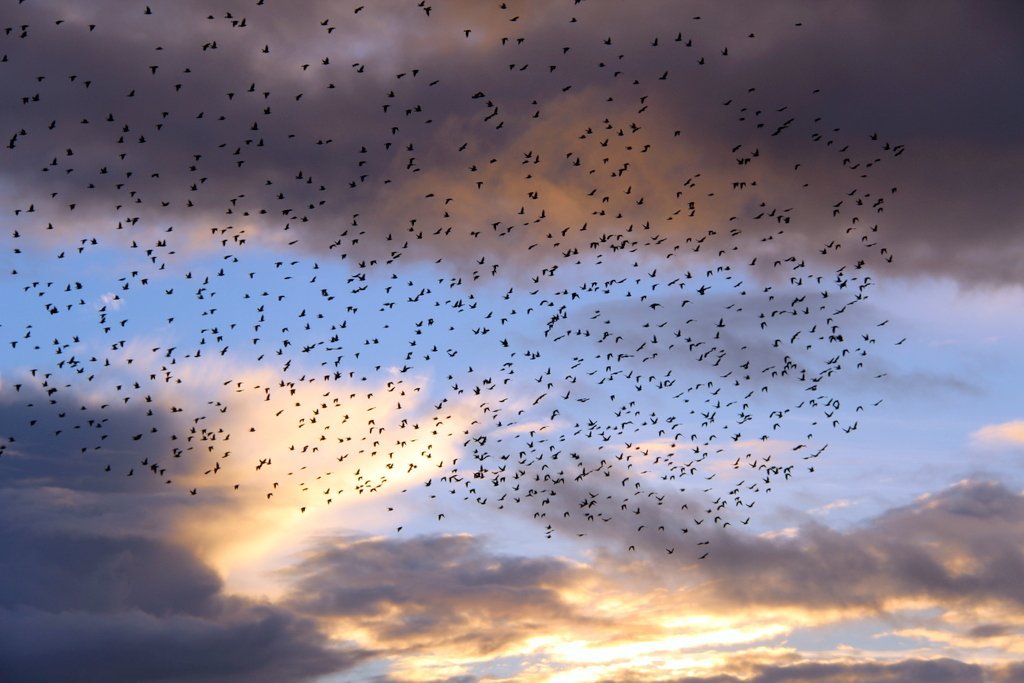
Air represents information on the move: calls, scents, postures, and the invisible threads that turn individuals into a coordinated crowd. Prairie dogs escalate alarm calls through neighborhoods with striking nuance, starlings fold and ripple in murmurations that reduce predation risk, and bees share maps of nectar with micro-dances under a dark canopy. Many animals survive because they join a network fast enough to outpace danger or opportunity, and the bandwidth of that network – signal clarity, reach, and redundancy – matters. Scientists decode these exchanges with audio arrays, drone footage, and neural recordings, revealing rules of engagement that feel like traffic laws for life. The “air” strategy isn’t just about chatter; it’s about turning a community into a forecasting machine that buys every member a little more time.
Water: Flow, Flexibility, and Sensing the Unseen
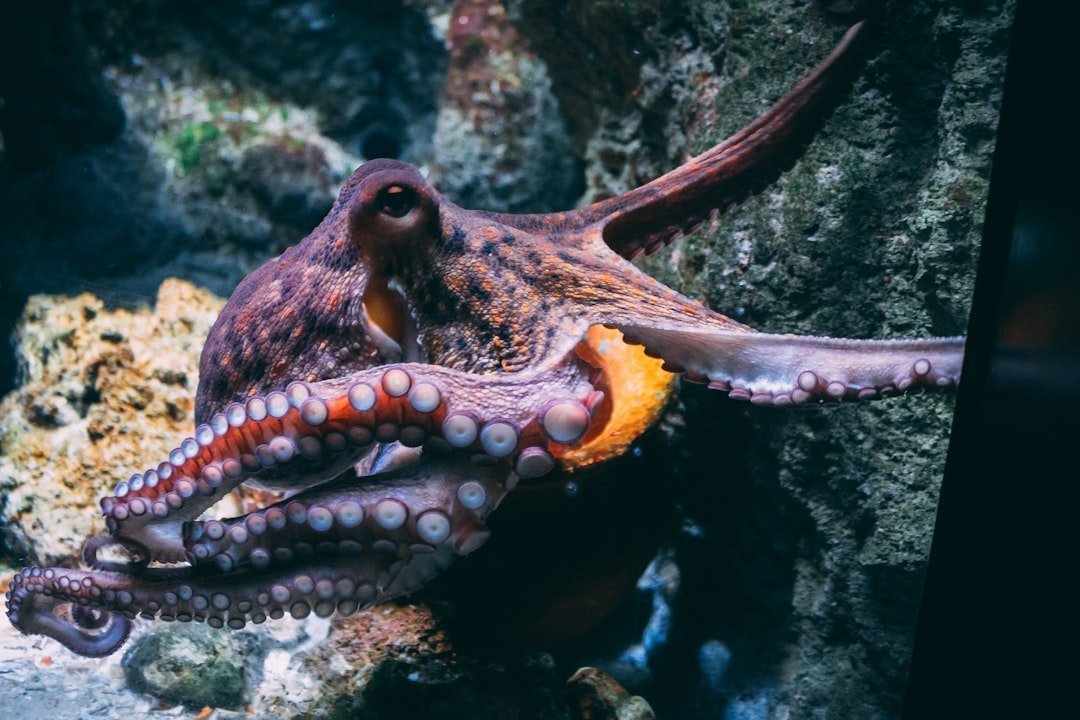
Water symbolizes adaptability – slipping around obstacles, switching tactics, and reading currents that others can’t detect. Octopuses reconfigure their bodies to pry food from impossible crevices, while salmon stitch together chemical cues and magnetic fields to find ancestral streams across vast oceans. Many aquatic predators employ fluid dynamics as a weapon, forming cooperative bubbles and pressure changes that trap prey, a choreography of force rather than brute speed. Sensory flexibility is the unsung hero here: lateral lines, electroreception, and low-light vision translate turbulence into readable text. In changing climates, species that can “flow” across habitat edges – mixing diet, shifting microhabitats, altering migration timing – often keep their foothold while specialists struggle.
Why It Matters
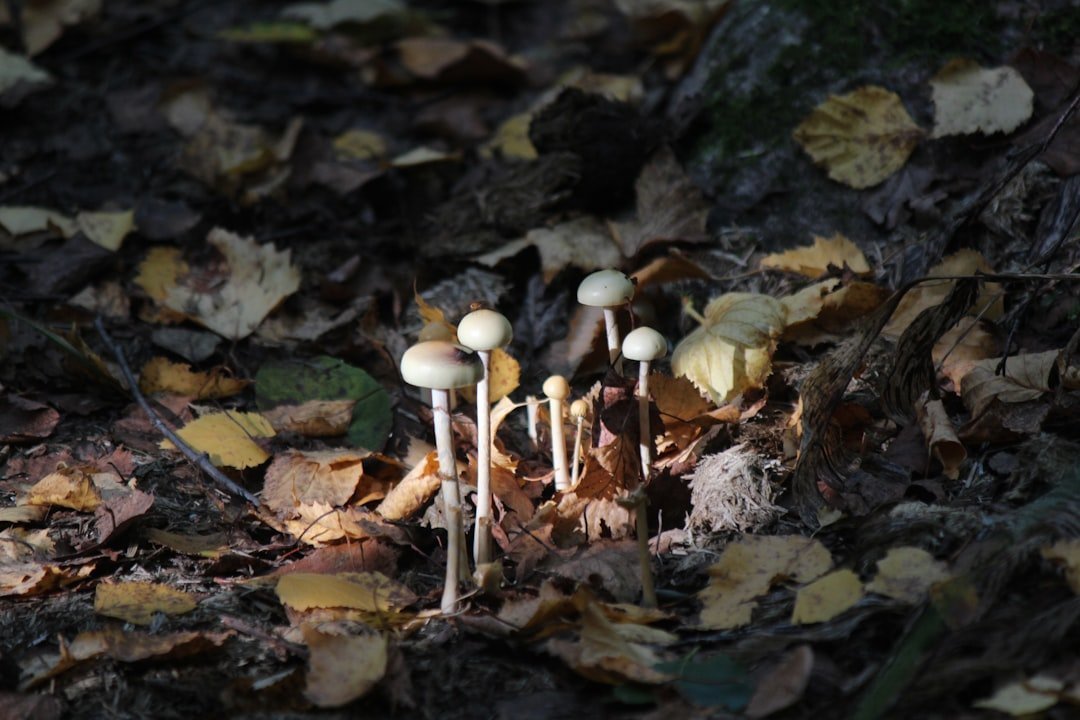
Seeing survival through elemental lenses brings clarity to a messy world and helps translate advanced behavioral ecology for the rest of us. Traditional categories – predator, prey, nocturnal, migratory – are helpful but sometimes too blunt to capture how decisions unfold second by second under stress. Elemental archetypes add a cross-cutting layer: burst versus budget, network versus flexibility, place-making versus improvisation, so conservation plans can consider not just who lives where, but how. When fire-prone strategies decline, ecosystems can lose agile scouts; when earth strategies collapse, they lose anchors that stabilize water, soil, and memory. Policymakers and land managers need both the models and the metaphors to prioritize corridors, schedule burns, restore wetlands, and maintain the social fabric of keystone communities.
The Future Landscape
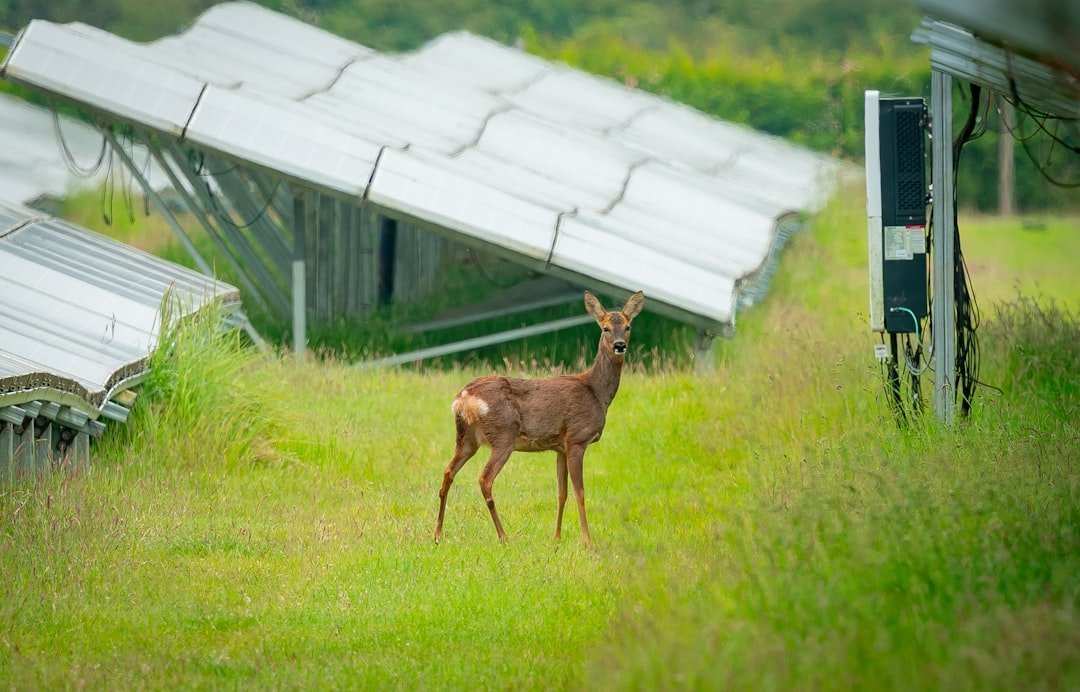
Emerging tools will test these archetypes at scales that were science fiction a decade ago, linking physiology, behavior, and landscape change in near real time. Miniature tags now capture heart rate alongside GPS and temperature, letting researchers watch a “fire” burst turn into an “earth” recovery and an “air” signal cascade within minutes. AI that parses acoustic jungles will reveal how information actually flows through a forest on storm days versus quiet ones, while new ocean gliders will map the hidden highways that guide “water” strategists. The obstacles are significant – battery life, data overload, privacy for wildlife, and making sure tech supports protection rather than harassment. But the payoff is a living atlas of survival strategies that updates with the weather and gives conservation a faster reflex.
Conclusion
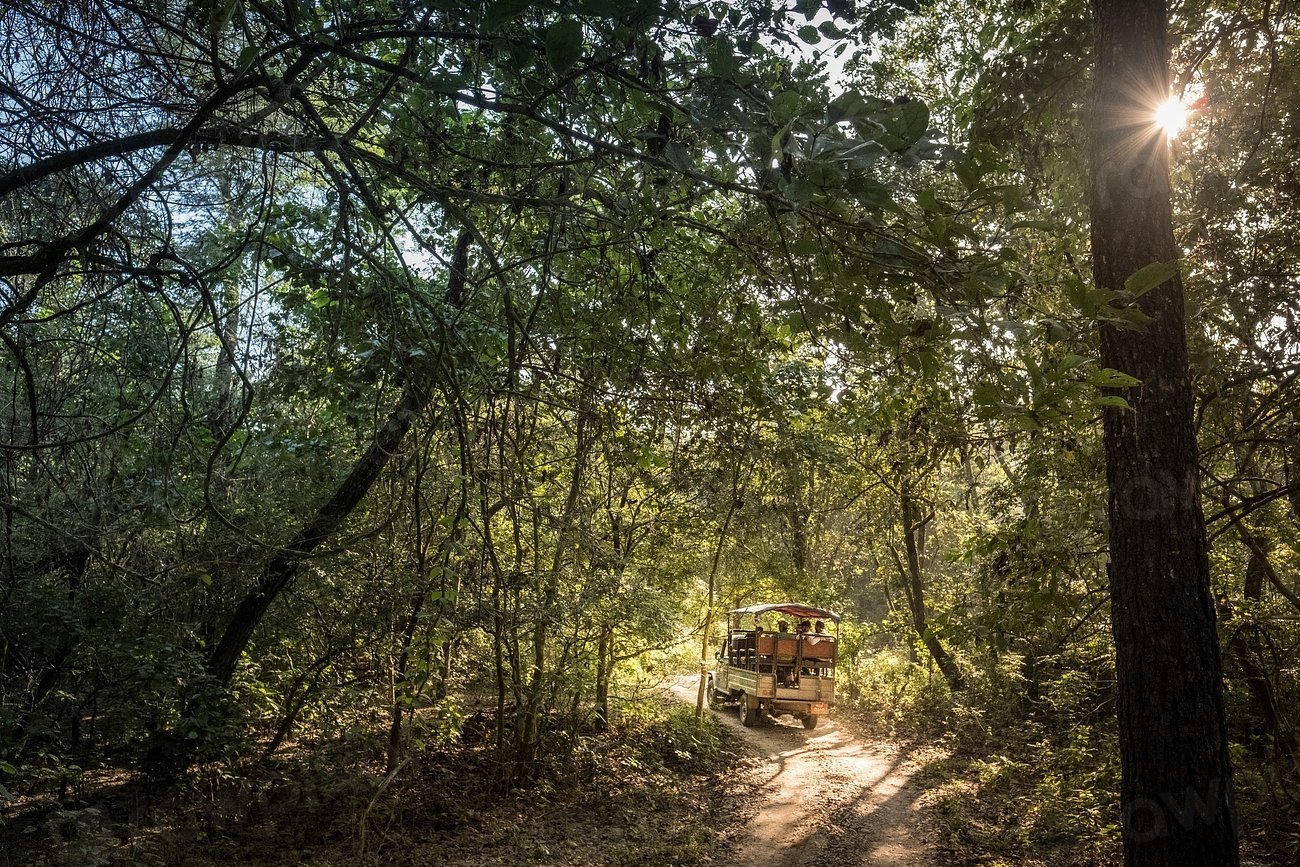
Engagement starts small and grows with habit, just like the survival strategies we admire. Support local habitat projects that add stability – replant native shrubs, vote for wetland protection, and reduce lawn chemicals that unravel food webs. Join community science programs that monitor birds, pollinators, or city mammals, because those “air” networks of shared data make better early-warning systems. Reduce night lighting and shoreline noise to give “water” and “air” strategists – migrating fish, bats, and birds – the sensory room they need. And when you tell the next wildlife story to a friend or a child, try the elemental frame; it sticks in memory and opens the door to the deeper science that keeps wild lives going.

Suhail Ahmed is a passionate digital professional and nature enthusiast with over 8 years of experience in content strategy, SEO, web development, and digital operations. Alongside his freelance journey, Suhail actively contributes to nature and wildlife platforms like Discover Wildlife, where he channels his curiosity for the planet into engaging, educational storytelling.
With a strong background in managing digital ecosystems — from ecommerce stores and WordPress websites to social media and automation — Suhail merges technical precision with creative insight. His content reflects a rare balance: SEO-friendly yet deeply human, data-informed yet emotionally resonant.
Driven by a love for discovery and storytelling, Suhail believes in using digital platforms to amplify causes that matter — especially those protecting Earth’s biodiversity and inspiring sustainable living. Whether he’s managing online projects or crafting wildlife content, his goal remains the same: to inform, inspire, and leave a positive digital footprint.

